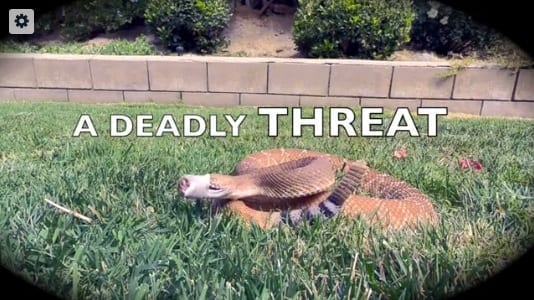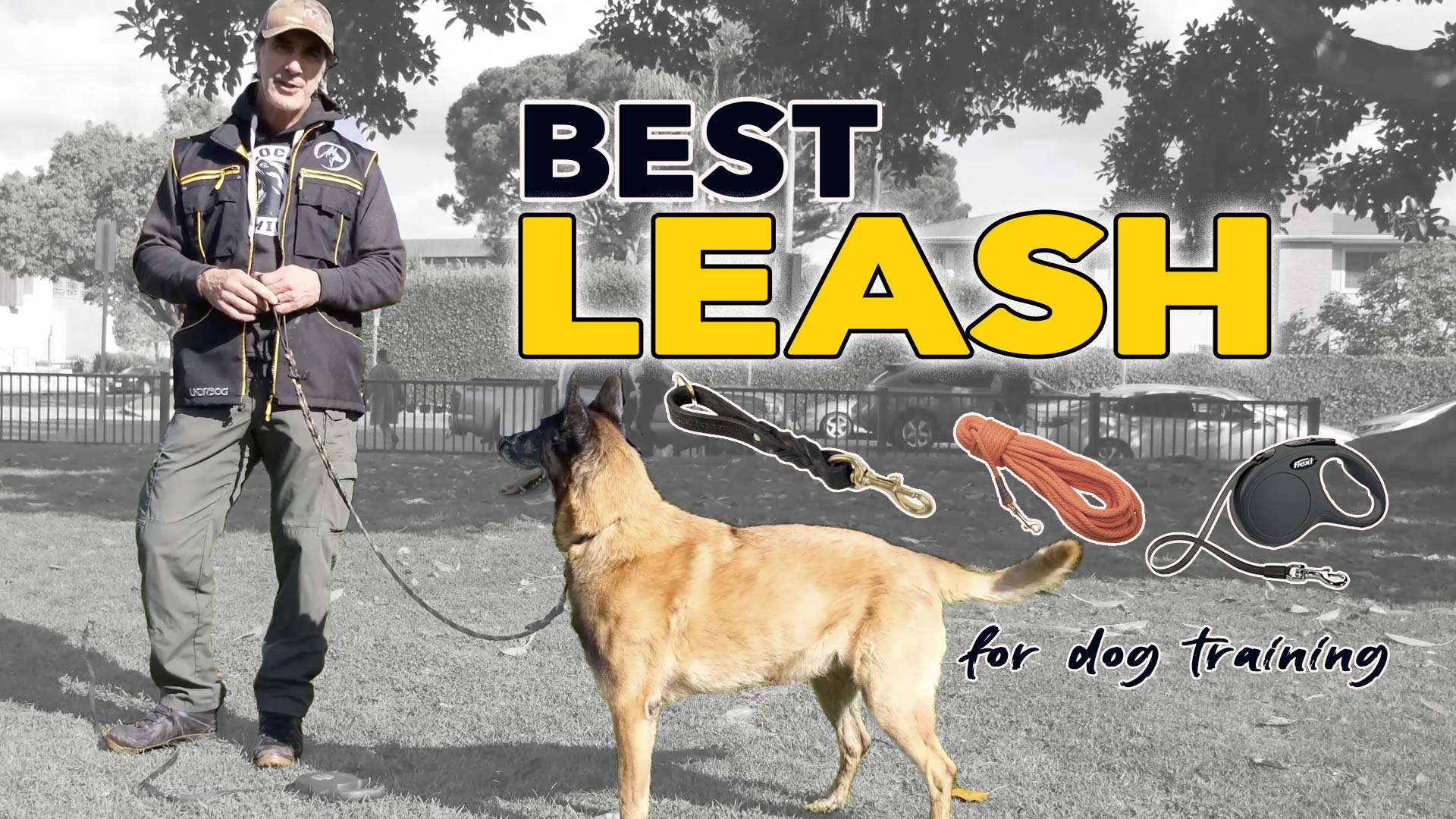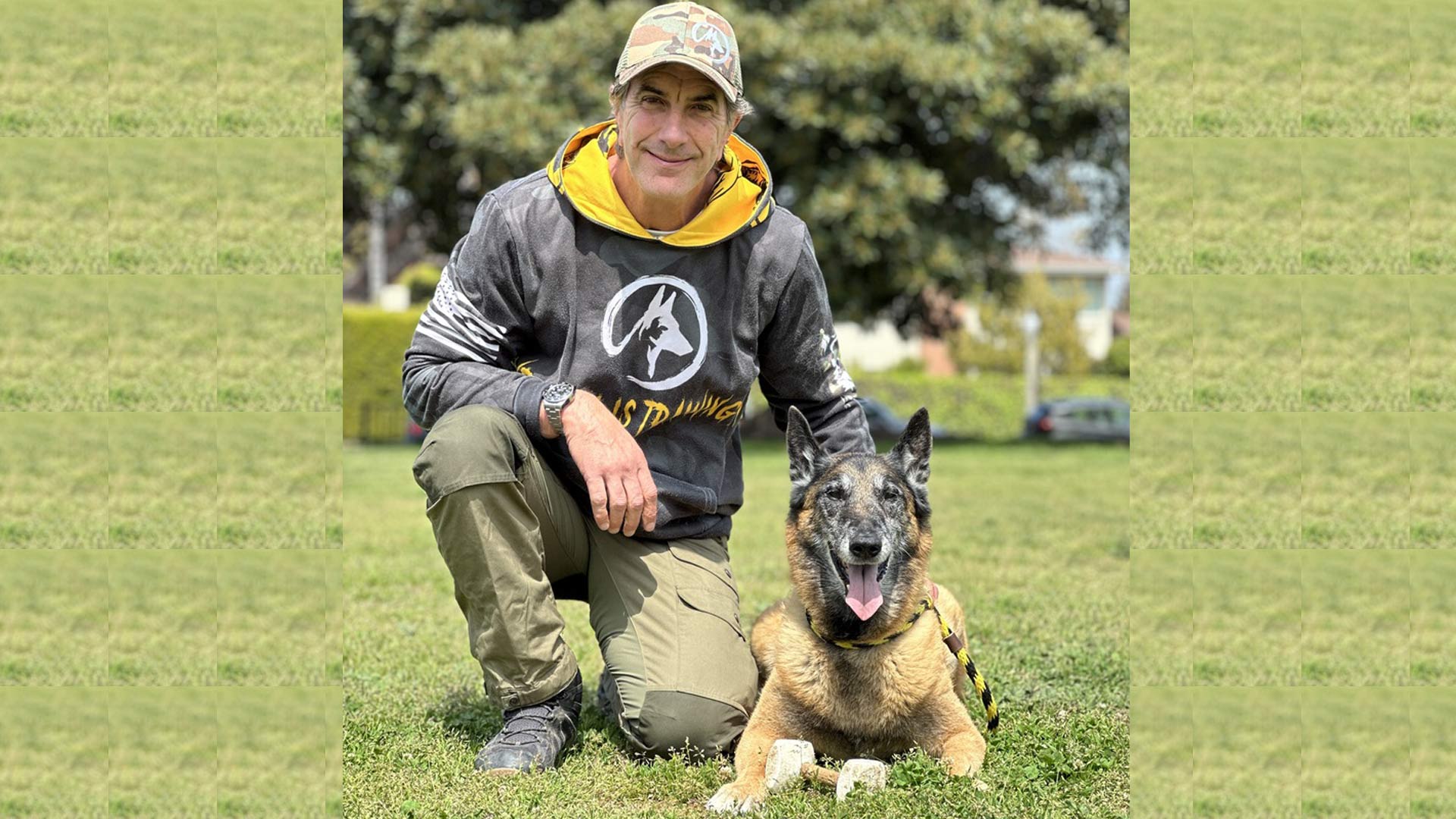Rattlesnake Avoidance Training
What it will and what it won’t do for your dog.
Just the other day my neighbor told me that his dog was button by a rattlesnake. We began to discuss this since he knows that I offer avoidance training. We discussed if this training would have helped; in some situations it will, others it won’t.
To understand what avoidance training does, you have to look at what it teaches. Properly done, rattlesnake avoidance training teaches dogs to avoid rattlesnakes. It does not teach them to find them and be on alert for them every minute they are awake. Therefore a trained dog may still get bit.
See: online dog training
Dogs who are priorly trained will NOT engage a rattlesnake, which is the most common way dogs get bit. Dogs are trained to AVOID the scent, sound and sight of a rattlesnake. That means if they smell one, see one or here one, they will AVOID it. If they don’t see it, smell it or see it, and just happen to stumble upon one, they might get bit. So how does this happen?
Just like we know not to step on a sharp nail, if we don’t see it, we might do it accidentally. Dogs are likely to stumble upon a rattlesnake when running through a field, a trail or somewhere else and startle the snake. This may happen unbeknownst to the dog. If he does this and the snake strikes the dog it is no fault of the dog or the training.
Dogs, when trained properly, should not engage a snake. Untrained dogs are likely to engage rattlesnakes because of the strong scent, the interesting sounds and the suspicious movements. Training must be done with live, local rattlesnakes and it must be done through avoidance training. That is to say that the dog must learn that engaging the snake will cause him or her pain. This is best done with electric collars.
So, going back to my neighbors dog, he was walking through the yard and not paying attention to his surroundings. He didn’t see the snake and the snake never made a sound. The dog moved and stepped over the snake when the snake struck him on the leg. The dog never engaged the snake and had no idea it was there.
Even the scent training would not have helped because he never picked up on the scent. Scent trained dogs are trained to target on an odor through a verbal cue. Bomb and dope dogs, for example, are given a cue word that puts them into search mode, they don’t just, on their own, start hunting for scents. A bomb dog can be in a room with explosives and act totally normally until he is asked to “search.”
Rattlesnake training doesn’t teach a dog method, but it teaches dogs to avoid the scent if they pick up on it. In other words, if they smell the smell, they won’t pursue it. But if they are not aware of it, they may just pass by it.
I would encourage everyone who lives in an area where rattlesnakes may be present to consider “avoidance training” your dog. It’s not a 100% guarantee, but it’s the best thing you can do to give your dog a chance.






